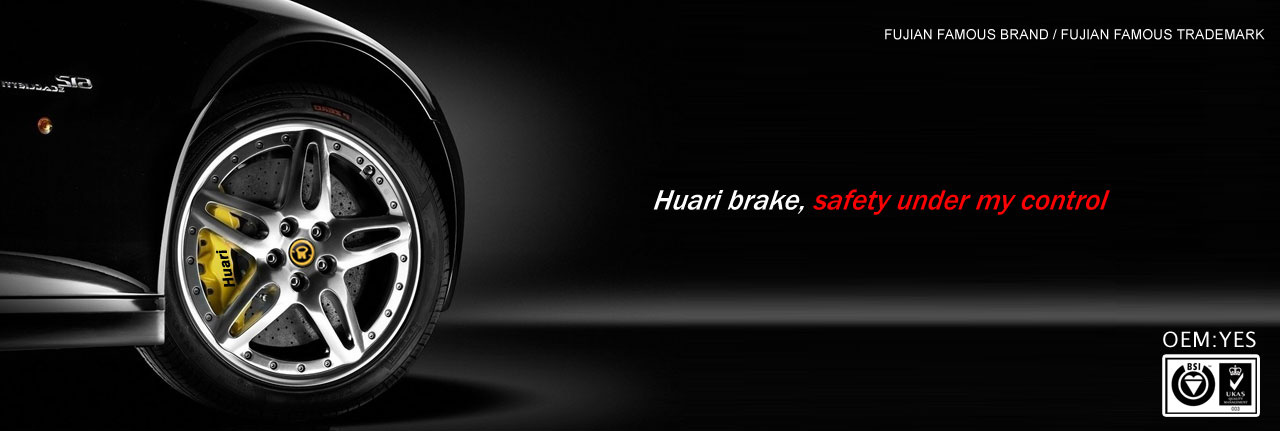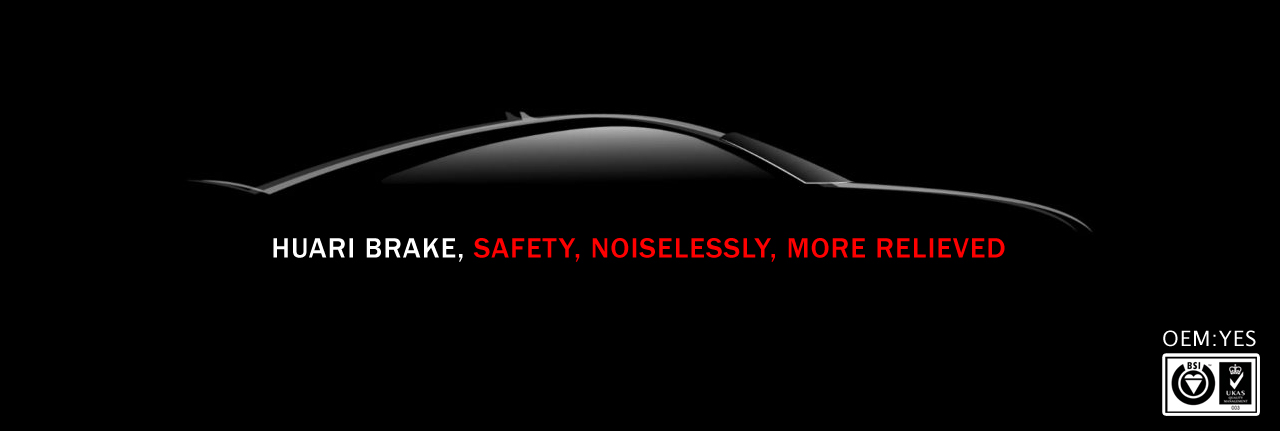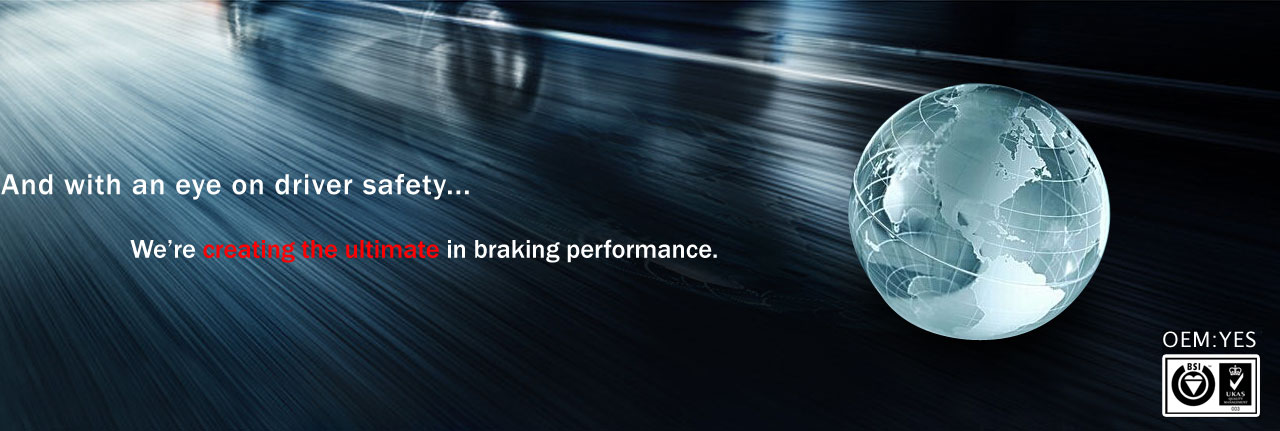Driving on Toronto’s Highway 401 can be a bit like being the proverbial guy whose job it is to drain the swamp.
Knee deep in alligators, it’s a little hard to remember to pull the plug, or in this case, do more than pay rapt attention to the road ahead.
So this week, when I had a chance to take the 401 from the back seat — riding from Pearson Airport to Cambridge, Ont., — I took the time to do a little people-watching.
After passing a few cars, I decided to make a game of seeing what other people were doing wrong on the road.
I came up with a bunch of nicknames. In no particular order:
Twelve-o’clock Tommy: there were so many of these drivers, I lost count. One hand on the wheel, at 12 o’clock.
Essentially, if something goes wrong, he’s screwed. Blown tire, a need to swerve, whatever. Even if he could pull off the first manoeuvre, the odds he could recover are small.
Two hands also gives you much better ability to finesse the wheel, necessary if you don’t want a swerve to end in a spin.
Ever notice the steering wheel on your Honda Civic is considerably smaller than on a 1966 Fairlane? Power steering is why. That 10 and 2 was necessary in those days to get leverage on the wheel. You don’t need leverage anymore, you need control. You get that at 9-and-3.
Those bags don’t gently puff out into pillowy softness, they explode like a freight train. If you’re Air-bag Abigail, pulled up as close to the wheel as you can get, and have a crash that triggers the air bags, the last thing you’ll see . . . Well, instead of getting too grisly, let’s just say yours won’t be an open-casket funeral.
Air-bag technology depends on you being far enough from the air bag that by the time you hit it, it’s already started to deflate. Give it that chance to save your life, not end it.
About 12 to 13 inches is perfect. Should go without saying, but buckled in, with the shoulder strap in the right position, of course.
What’s he doing wrong? Odds are, it’s not a malfunction of his brake light system. More likely, he’s left-footing the brake, “just in case.”
This idea is so bad on so many levels, I’m amazed folks still do it. First: brake lights are intended to warn other drivers you’ve just applied the brakes. If your brake lights never are always on, that’s not going to happen.
As well, even though you may not realize you’re doing it, putting enough pressure on the pedal to fire the brake lights is enough to activate your brakes just slightly.
By the time you actually need them, they’re probably going to be so hot as to be useless.
That doesn't even mention brake wear. Do you ‘left-foot’ it just in case? Do you replace quality brake pads more than about every 60,000 kilometres?
Odds are good it’s because you’re never not braking. (Oh, and when changing brake pads and shoes, specify OEM.
There’s a reason your new-car brake pads lasted 60,000 km and your Saturday Special pads flamed out at 24,000.)
The last reason it’s bad?
Finesse. Your right foot is trained in finesse, or else you’d be squealing tires at every green light.
That finesse is just as important in braking, in being able to let off just slightly to regain control, unlock locked brakes or get the car to turn just a bit differently. Your left foot has no finesse.
Left-foot braking is a technique for racing, especially rally racing. That’s where it should stay.







